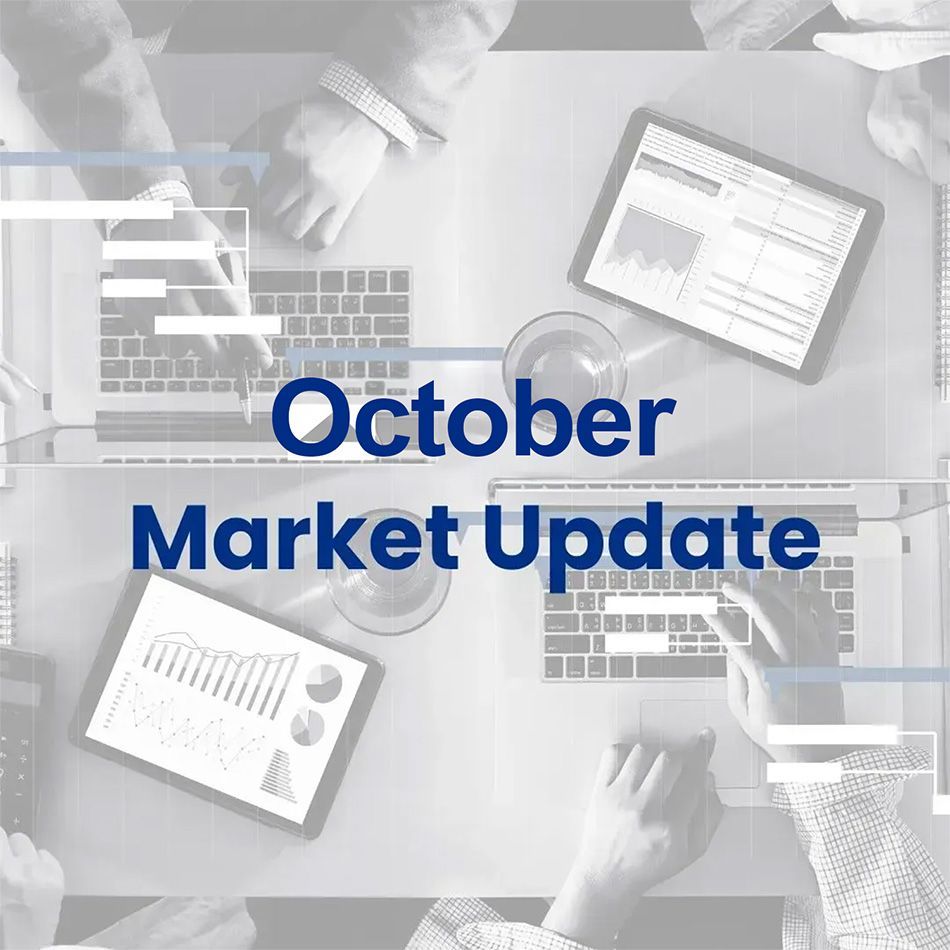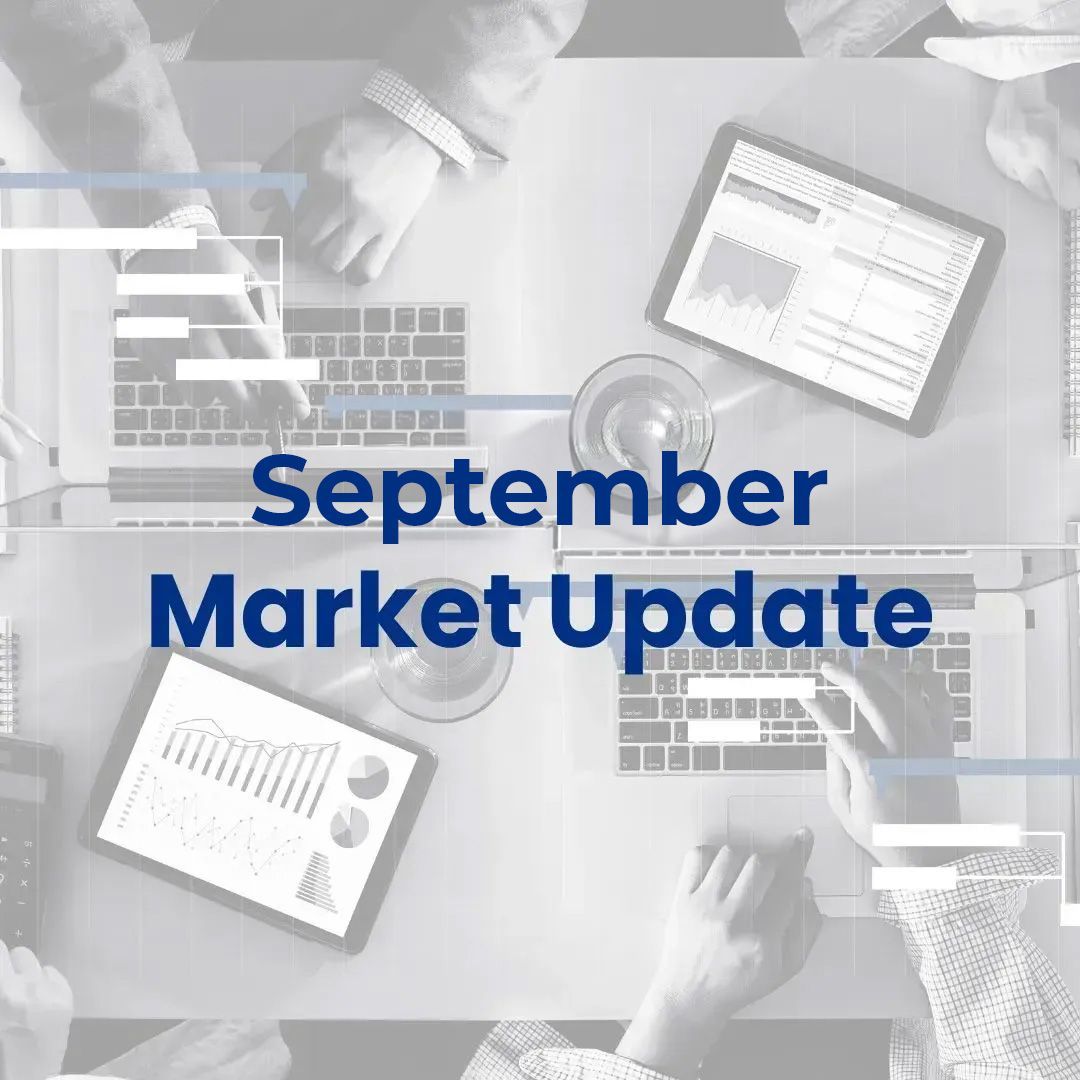Long-Term, Part-Time Overview for 2024
Starting January 1, 2024, new legislation requires 401(k) plans to allow employees with over 500 hours of service in three consecutive 12-month periods to contribute elective deferrals to the 401(k) plan. Employers must properly track employee hire dates and hours worked to determine eligibility.
For part-time workers, saving for retirement can be a challenge. Many part-time employees are often excluded from 401(k) plans because they often don’t meet the plan’s eligibility requirements. This includes many students, parents and individuals with multiple part-time jobs. However, new legislation that goes into effect on January 1, 2024, is about to change that.
Effective on January 1, 401(k) plans must allow employees who have worked more than 500 hours of service in three consecutive 12-month periods to contribute elective deferrals to the plan. Let’s look at an example.
Example 1
Alex was hired in 2016 as a part-time employee. She has never been able to participate in the company’s 401(k) plan because she didn’t meet the 1000 hours requirement. In 2021, 2022 and 2023, she worked 600 hours per year. She has worked more than 500 hours and completed three consecutive 12–month periods, so she can enter the plan on January 1, 2024.
Example 2
Riley was hired on May 15, 2021 as a part-time employee. He worked 400 hours in 2021, 600 hours in 2022 and 600 hours in 2023. On May 15, 2024, he completed three consecutive 12-month periods; however, he did not work enough hours to be eligible.
Importantly, employers must properly track employee hire dates and hours worked to determine eligibility. Tracking hours is crucial to determining employee eligibility for the plan, including tracking periods starting from January 1, 2021 (since that date going forward determines eligibility). Additionally, employers should be aware of the administrative burden involved in operating their plans and how these changes will affect plan operations under the Long-Term, Part-Time provisions.
According to these rules, employers are not required to make employers contributions to the accounts of LTPT employees, which includes contributions under safe harbor 401(k) plan provisions and top heavy minimums but if employers want, they can. Additionally, employers can choose to exclude employees from nondiscrimination testing related to elective deferrals, employer match and non-elective contributions. See your TPA for more specifics.
2025 and Beyond
For 2025 and with the modifications in SECURE 2.0, the rules change again. An employee only needs two consecutive 12-month periods with more than 500 hours of service to be eligible to participate in the company’s 401(k) plan.
Example 3
Riley was hired on May 15, 2021 as a part-time employee. He worked 400 hours in 2021, 400 hours in 2022, 600 hours in 2023 and 600 hours in 2024. He has completed two consecutive 12-month periods with more than 500 hours; he is eligible to participate in the company’s 401(k) plan on the next entry date.
Understanding Plan Eligibility
In summary, the LTPT provisions are a significant change to retirement plan eligibility requirements. While the SECURE 1.0 and 2.0 Acts offer solutions, employers must take action to properly track employee hours and ensure those employees become aware of their eligibility to join the 401(k) plan.
Employers should also evaluate their plan design and consider whether allowing all employees to contribute immediately upon hire would be worthwhile. By working closely with your third party administrator and plan advisor, employers can ensure that they are meeting the requirements of the SECURE 1.0 and 2.0 Acts and offering employees the best possible retirement savings opportunities.
The Gasaway Team
7110 Stadium Drive
Kalamazoo, MI 49009
(269) 324-0080
FAX (269) 324-3834
This presentation is not an offer or a solicitation to buy or sell securities. The material discussed is meant to provide general education information only and it is not to be construed as specific investment, tax or legal advice and does not give investment recommendations.
Certain risks exist with any type of investment and should be considered carefully before making any investment decisions. Keep in mind that current and historical facts may not be indicative of future results.
Additional information, including management fees and expenses, is provided on our Form ADV Part 2 available upon request or at the SEC’s Investment Adviser Public Disclosure website, https://adviserinfo.sec.gov/firm/summary/123807.
This information was developed as a general guide to educate plan sponsors and is not intended as authoritative guidance or tax/legal advice. Each plan has unique requirements, and you should consult your attorney or tax advisor for guidance on your specific situation.
©401(k) Marketing, LLC. All rights reserved. Proprietary and confidential. Do not copy or distribute outside original intent.
This material was created for educational and informational purposes only and is not intended as ERISA, tax, legal, or investment advice. If you are seeking investment advice specific to your needs, such advice services must be obtained on your own separate from this educational material. ©401(k) Marketing, LLC. All rights reserved. Proprietary and confidential. Do not copy or distribute outside original intent.










